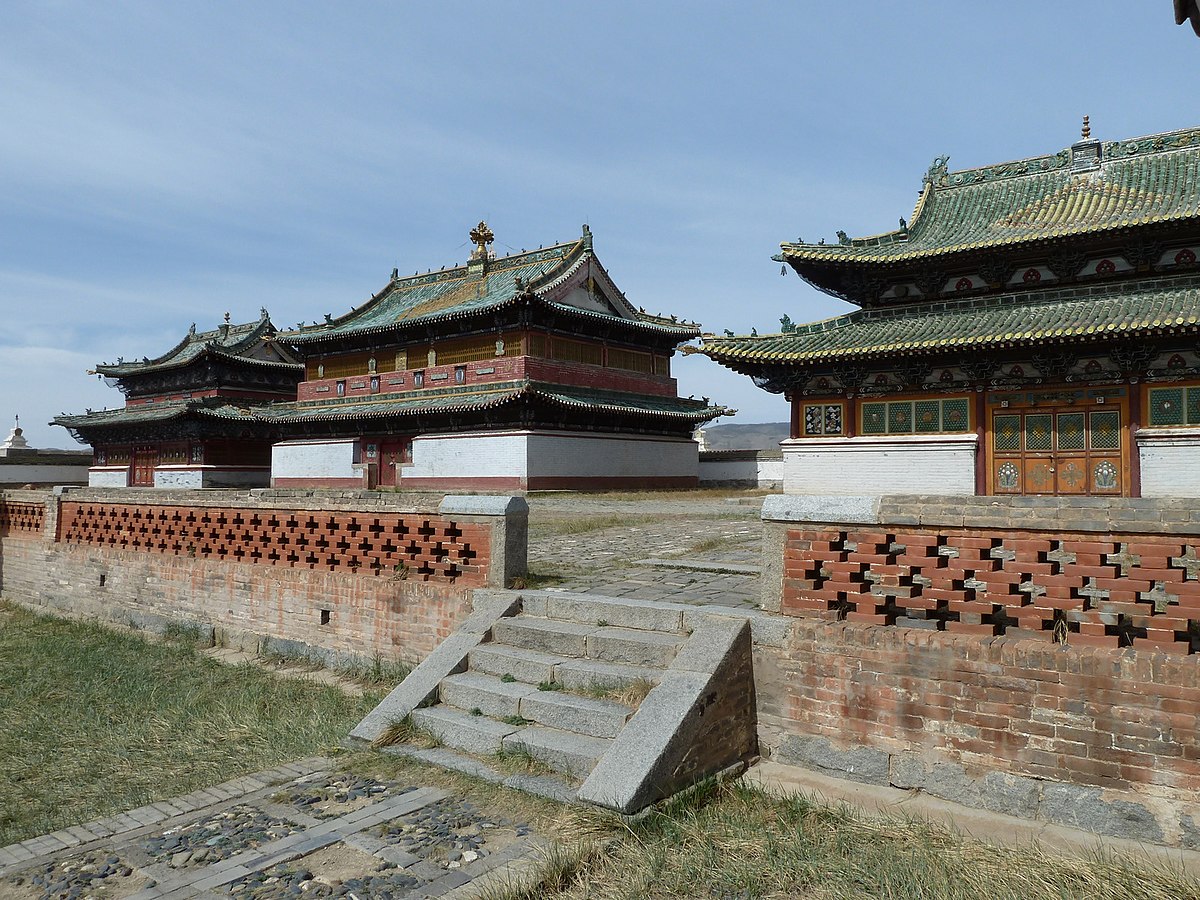- Orkhon Valley Cultural Landscape (added in 2004):
- Located in central Mongolia, the Orkhon Valley is known for its archaeological remains that illustrate the evolution of nomadic pastoral traditions from the 6th century onwards. The site includes Kharkhorum, the 13th-century capital of the Mongol Empire, and Karakorum, which was the cultural, social, and economic center of the empire.
- Uvs Nuur Basin (added in 2003):
- This site is a transboundary property shared with Russia and covers a vast area in northwestern Mongolia. It is characterized by diverse ecosystems, including forests, steppes, and deserts. The Uvs Nuur Basin is crucial for the migratory bird species that rely on its wetlands.
- Great Burkhan Khaldun Mountain and its surrounding sacred landscape (added in 2015):
- Located in the Khentii province, this site is associated with the worship of sacred mountains and the cult of Genghis Khan. The Burkhan Khaldun Mountain is believed to be the place of Genghis Khan’s burial. The landscape is considered sacred in Mongolian tradition.
- Mongolian Gobi (part of the Silk Roads: The Routes Network of Chang’an-Tianshan Corridor, added in 2014):
- The Mongolian Gobi is a part of the larger Silk Roads World Heritage Site. It represents the network of routes that facilitated cultural exchanges between East and West, connecting Chang’an in China to the Tianshan Corridor. The Mongolian Gobi played a role in these ancient trade routes.
It’s important to check for any updates or additions to UNESCO World Heritage Sites since my last update in January 2022. Additionally, visiting these sites offers a unique opportunity to explore Mongolia’s history, culture, and natural beauty.

















